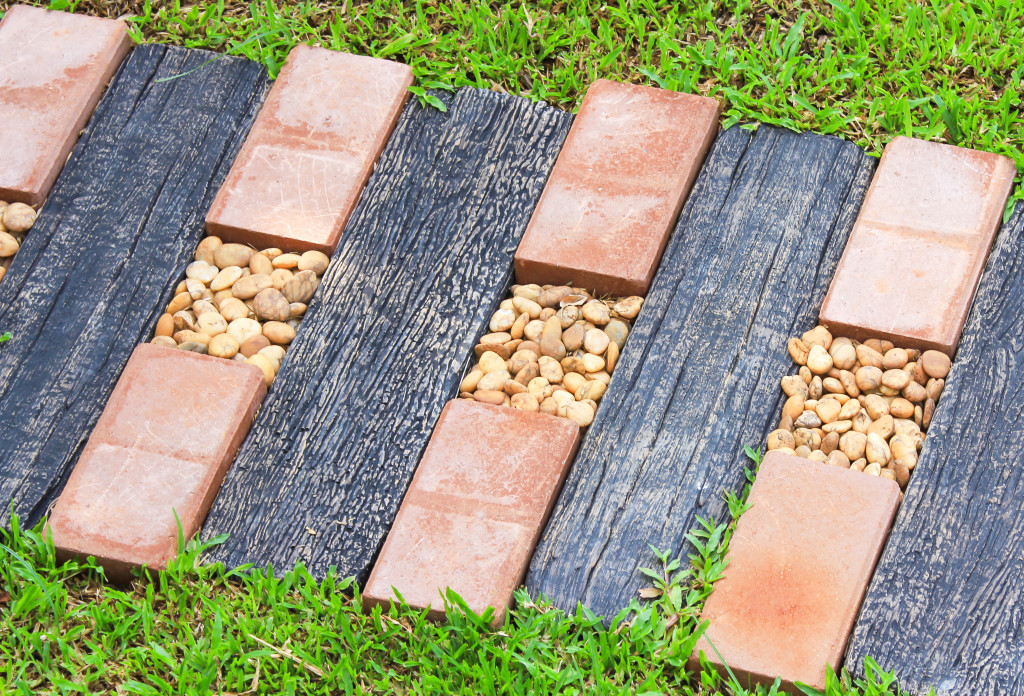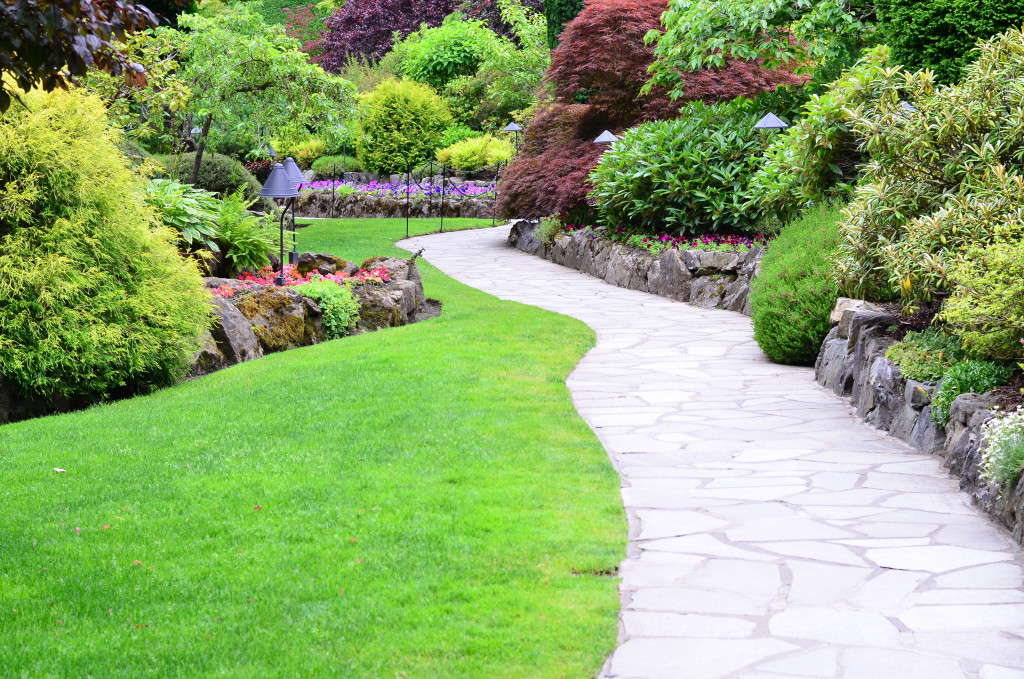- Assess your current landscaping and create a 3D model for visualizing ideas.
- Set a realistic budget and prioritize your desired projects over others.
- Plan for regular maintenance tasks, such as pruning, weeding, fertilizing, and watering.
- Add hardscaping elements for a more structured home aesthetic.
- Focus on curb appeal with plants and attention-grabbing features.
Your home’s exterior is the first thing that greets visitors, and it’s what you see every day when you arrive home. Therefore, it’s essential to upkeep the landscaping surrounding your home to ensure it looks welcoming and aesthetically pleasing. Planning and executing a landscaping revamp can be daunting, but with proper research and preparation, the entire process can be a fulfilling and enjoyable experience.
This blog post will discuss some of the best tips when revamping your home’s landscaping, ensuring you produce a viable outdoor space that complements your lifestyle and personality.
1. Assess your current landscaping design.
The first step when planning a landscaping revamp is to assess the current design. This means looking closely at the existing layout, plants, flowers, and shrubs. Determine what works and doesn’t, what you like and don’t, and what maintenance tasks may be too much to handle. Understanding these factors will help determine what changes to make when revamping the landscaping. It’s also a good idea to create a model you can reference during the project.
For one, many people create a 3D model of the yard to visualize their ideas. You can easily do this virtually, but many enjoy creating dioramas they can hold. If you are doing the latter, create a more realistic miniature version of your lawn. As you’ll probably be modeling grass a lot, you can buy a professional static grass applicator that will make the process easier. This tool lets you apply static grass quickly and evenly to your model. This makes the whole process of creating a 3D model much simpler.

2. Set a realistic budget.
Landscaping can be a significant investment, but setting a realistic budget is crucial to minimize overspending. Consider what kind of landscaping you want, the cost of planting, hardscaping, and irrigation. You should also consider working with a professional landscaper to obtain an estimated project cost. It’s a good idea to prioritize what is most important to you and focus on that initially, postponing less critical projects for a later time.
3. Plan for maintenance.
Proper landscaping maintenance is critical to its longevity, so it’s essential to plan accordingly. Consider the time and budget required for regular maintenance and determine whether you have the time and skills to execute them regularly. You want to ensure your landscaping can flourish for years to come. Here are some maintenance tasks to plan for:
a. Pruning
Regular pruning removes dead or diseased branches and keeps your plants healthy. During this process, you also want to shape the plants and trees according to your desired design.
b. Weeding
Weeds can quickly overtake a garden and prevent other plants from flourishing. Therefore, you must dedicate time regularly to remove the weeds in your landscaping.
c. Fertilizing
Fertilizer helps plants grow and flourish, so you must plan for regular fertilization. This can be done with organic or synthetic fertilizer, depending on the plants in your landscaping design.
d. Watering
Water is essential for a healthy garden; you must plan a watering schedule to keep your plants healthy. Depending on the plants in your landscaping, you may need to water more frequently or less.

4. Add hardscaping elements.
Hardscaping refers to adding physical elements to your landscape, such as pathways, patios, retaining walls, and water features. Adding hardscaping can significantly enhance the overall atmosphere of the landscaping, providing a structured aesthetic to the space. An experienced landscaper can assist you in choosing the correct hardscaping elements that complement and enrich your current design while being functional.
5. Focus on curb appeal.
Finally, your home’s curb appeal makes a significant first impression on visitors, and maximizing it when revamping your landscaping is essential. Consider using plants, flowers, and trees that bloom in vibrant colors and are height-appropriate. Attention-grabbing elements such as a water feature, a winding pathway, or a unique flowering tree can also enhance the overall aesthetic. Just remember to keep the design in line with your comprehensive landscaping plan.
Revamping your home’s landscaping can be an overwhelming task. However, the process can be manageable by assessing your current design, setting a realistic budget, planning for maintenance, adding hardscaping elements, and focusing on curb appeal. Remember to work with a professional landscaper, research the best plants for your region, and be patient with the results. A well-planned landscaping revamp can significantly enhance your home’s overall aesthetic, making it a warm and welcoming environment for you and your family to enjoy.
